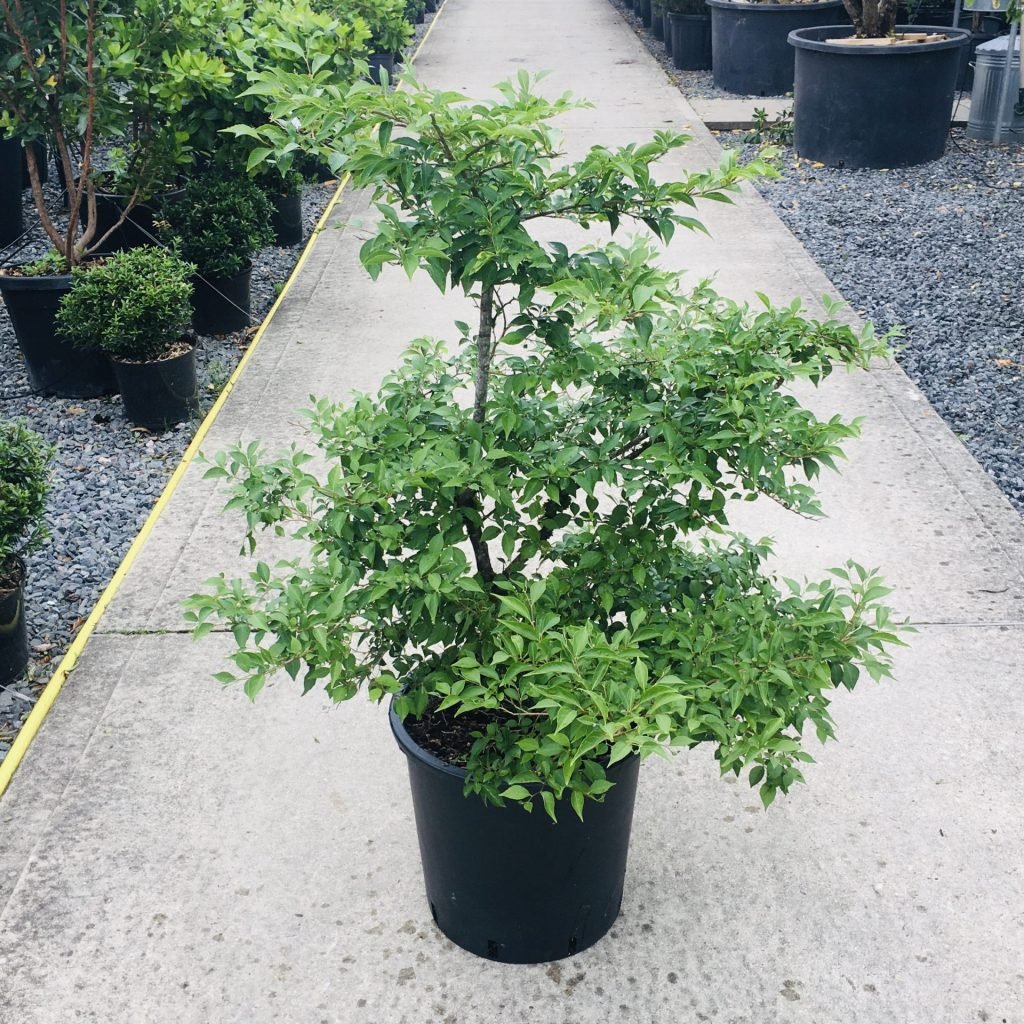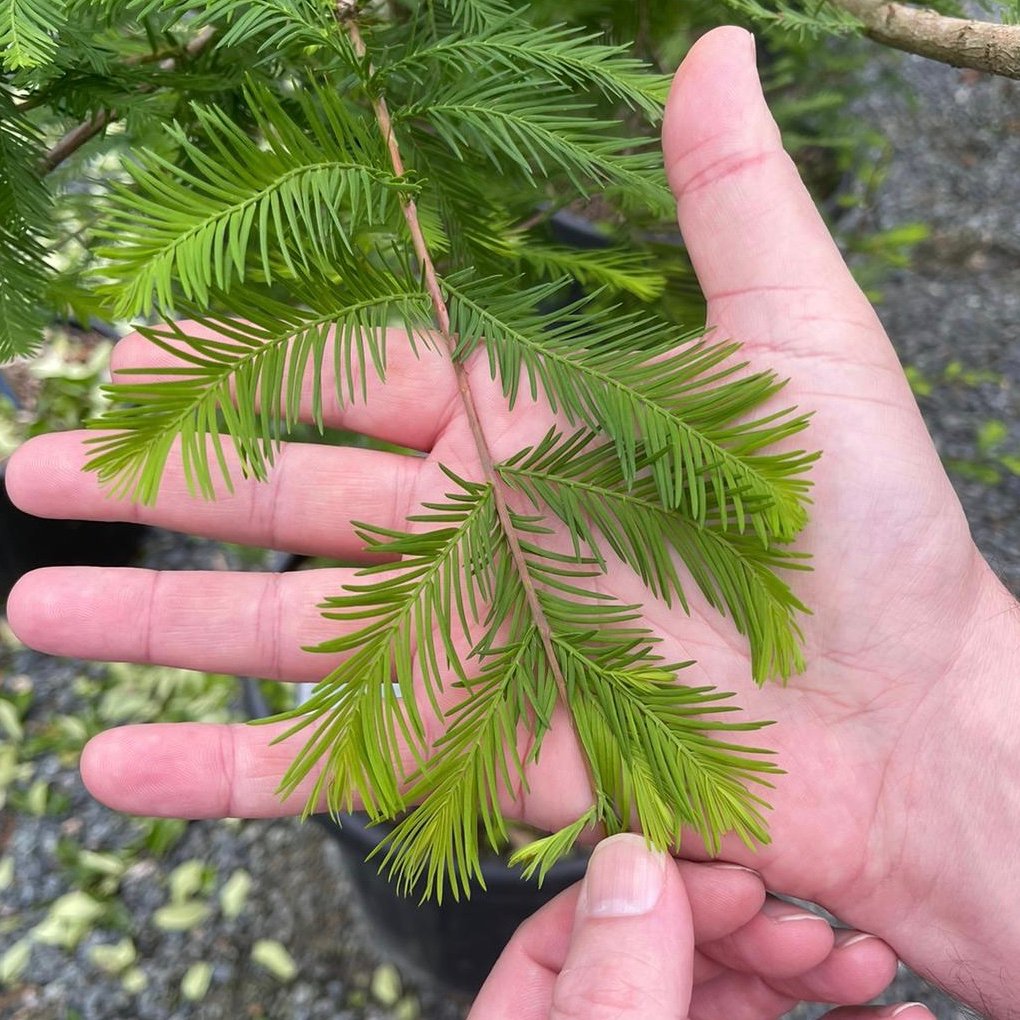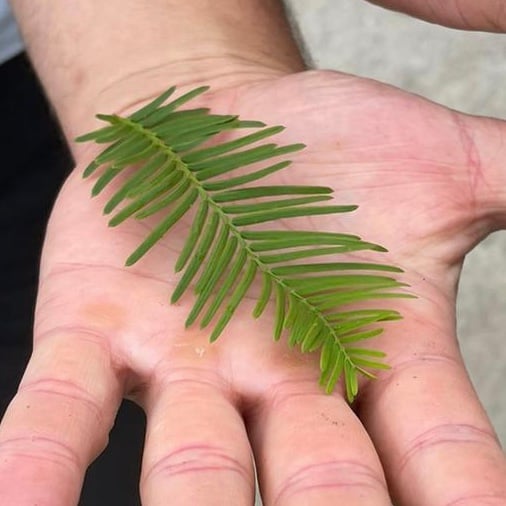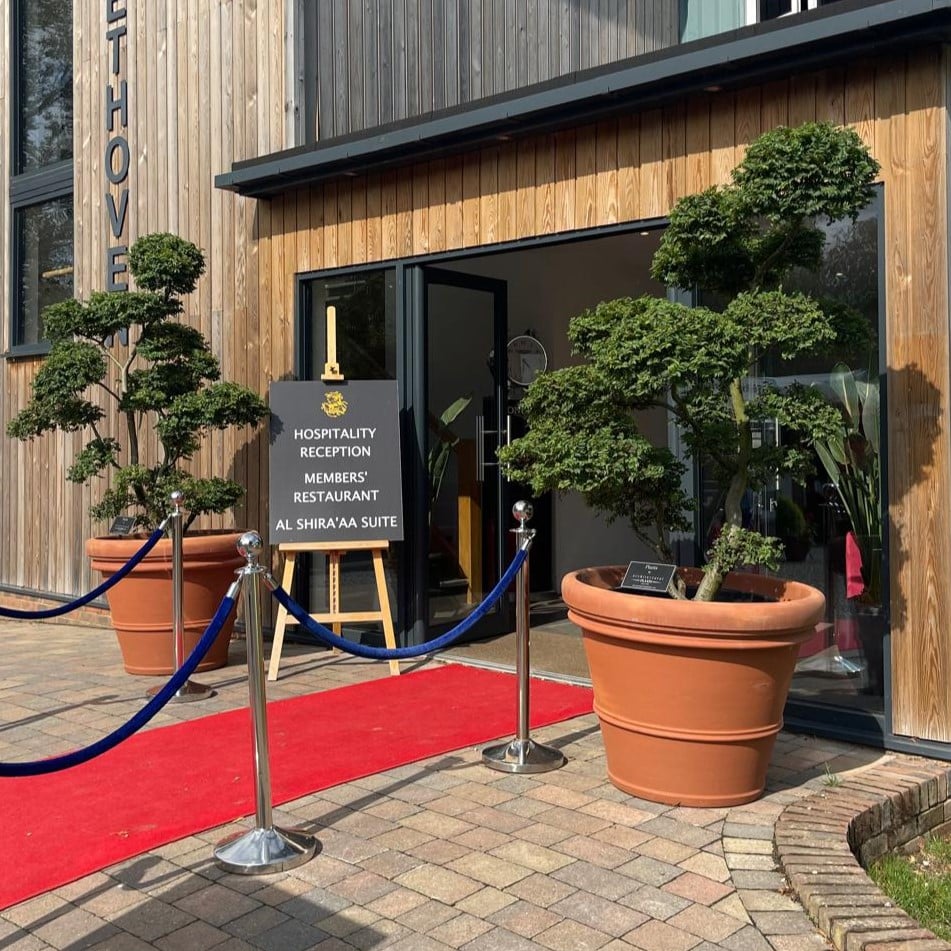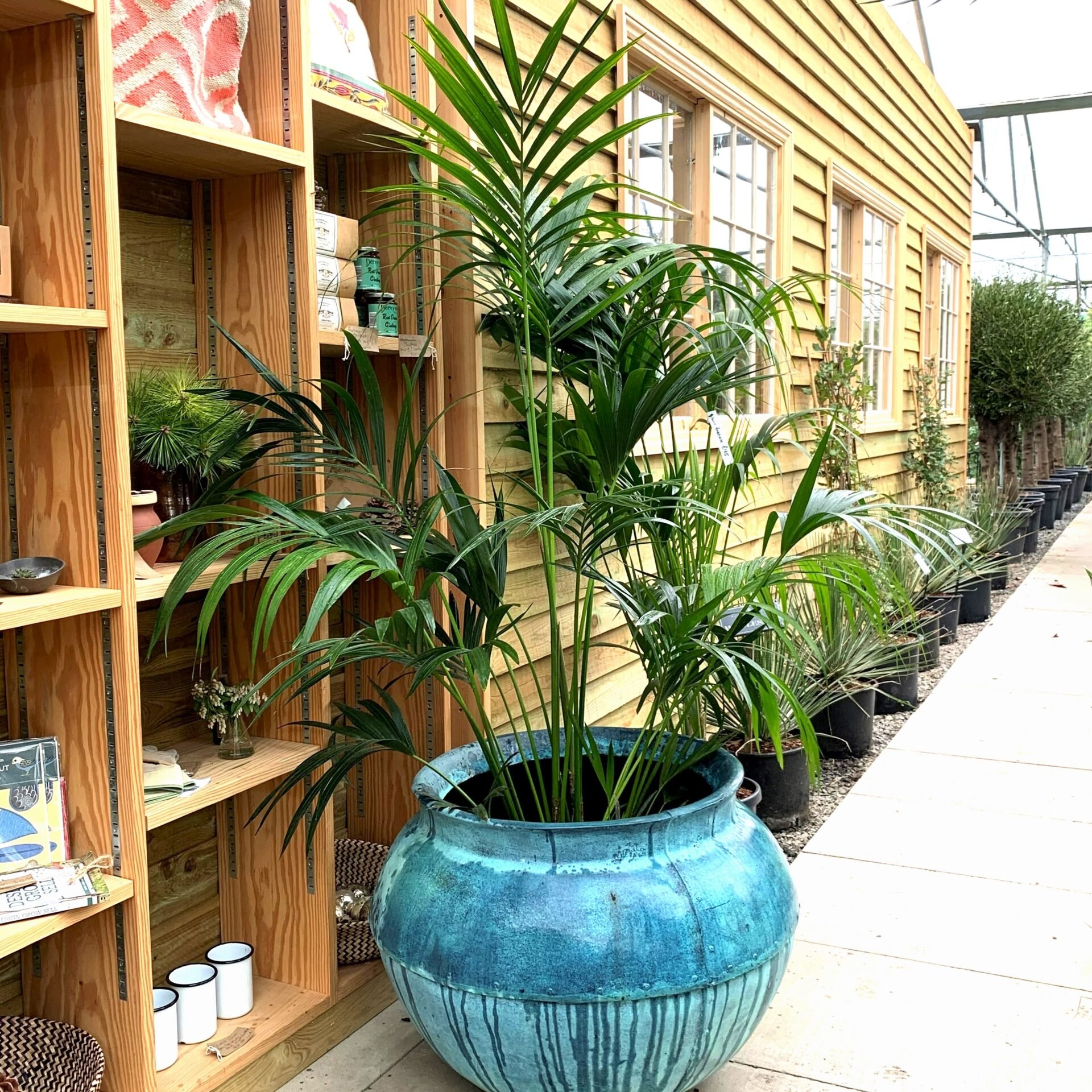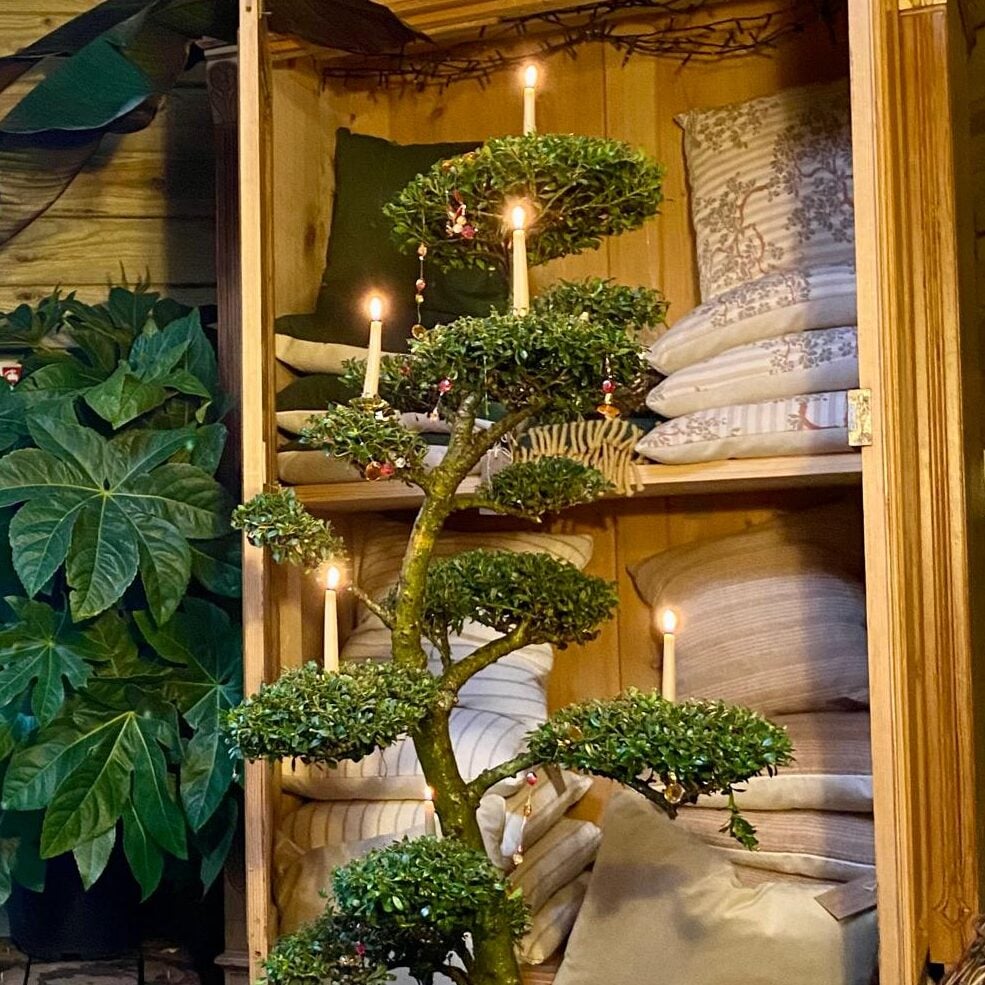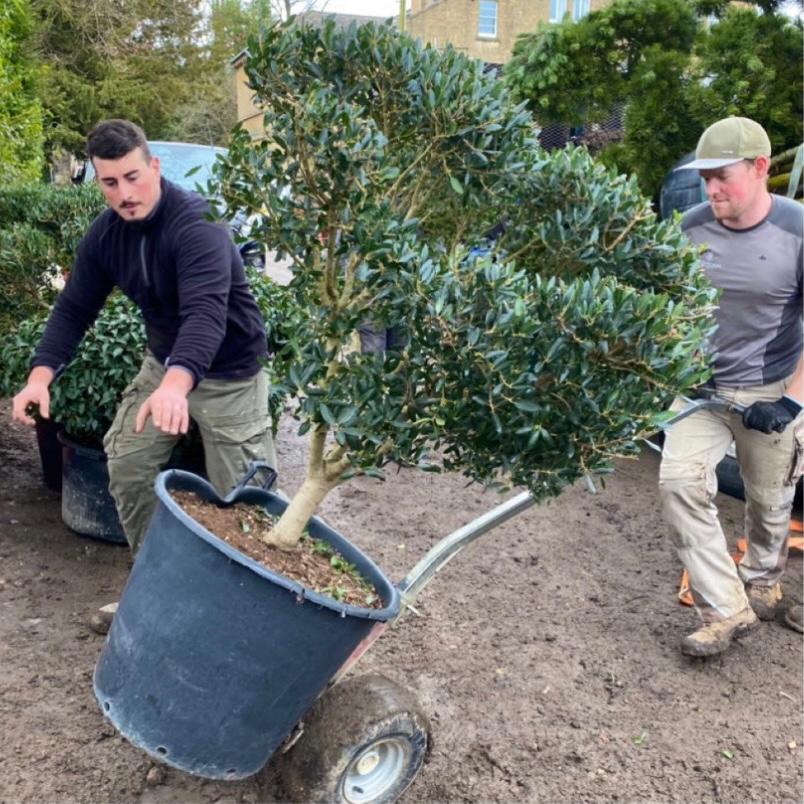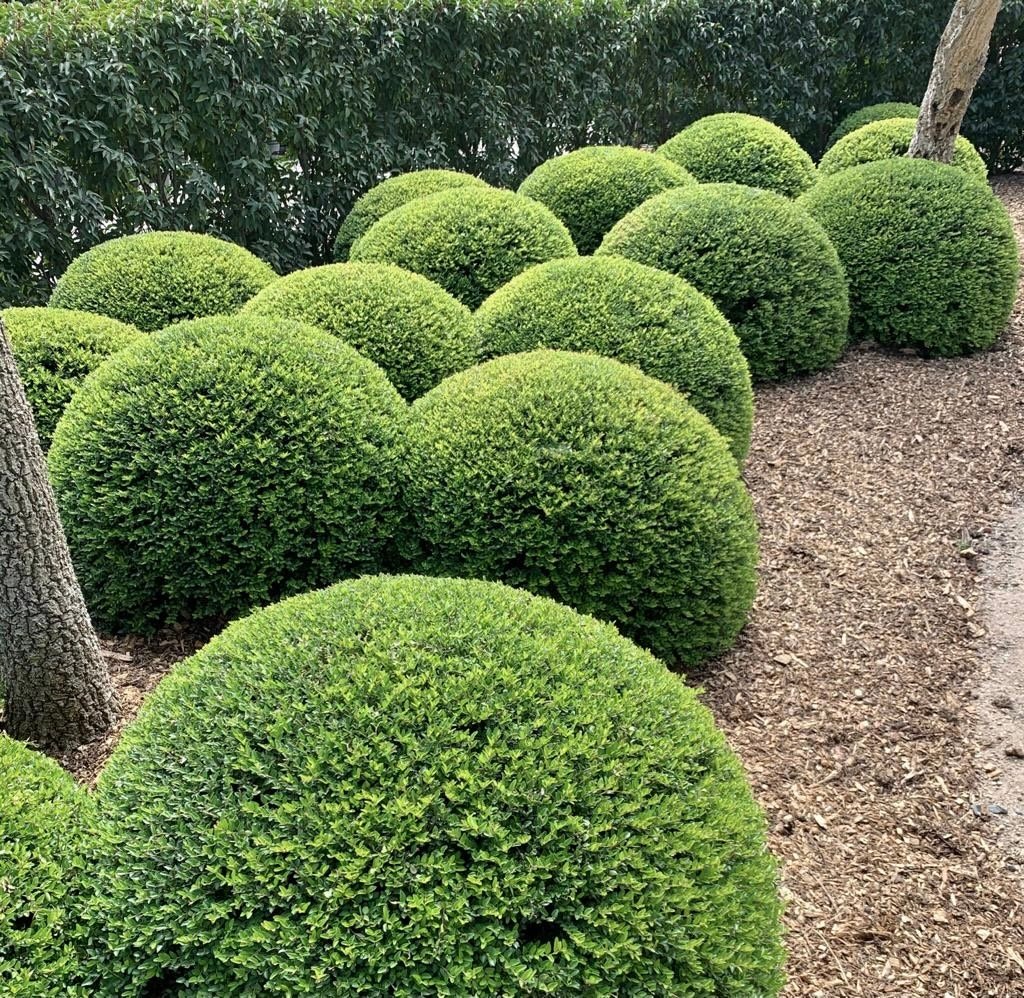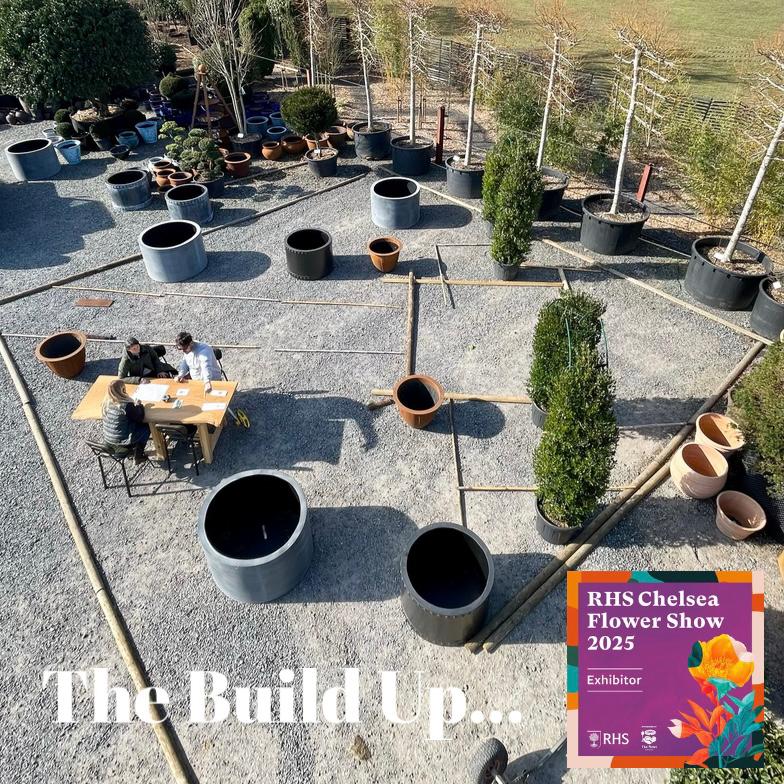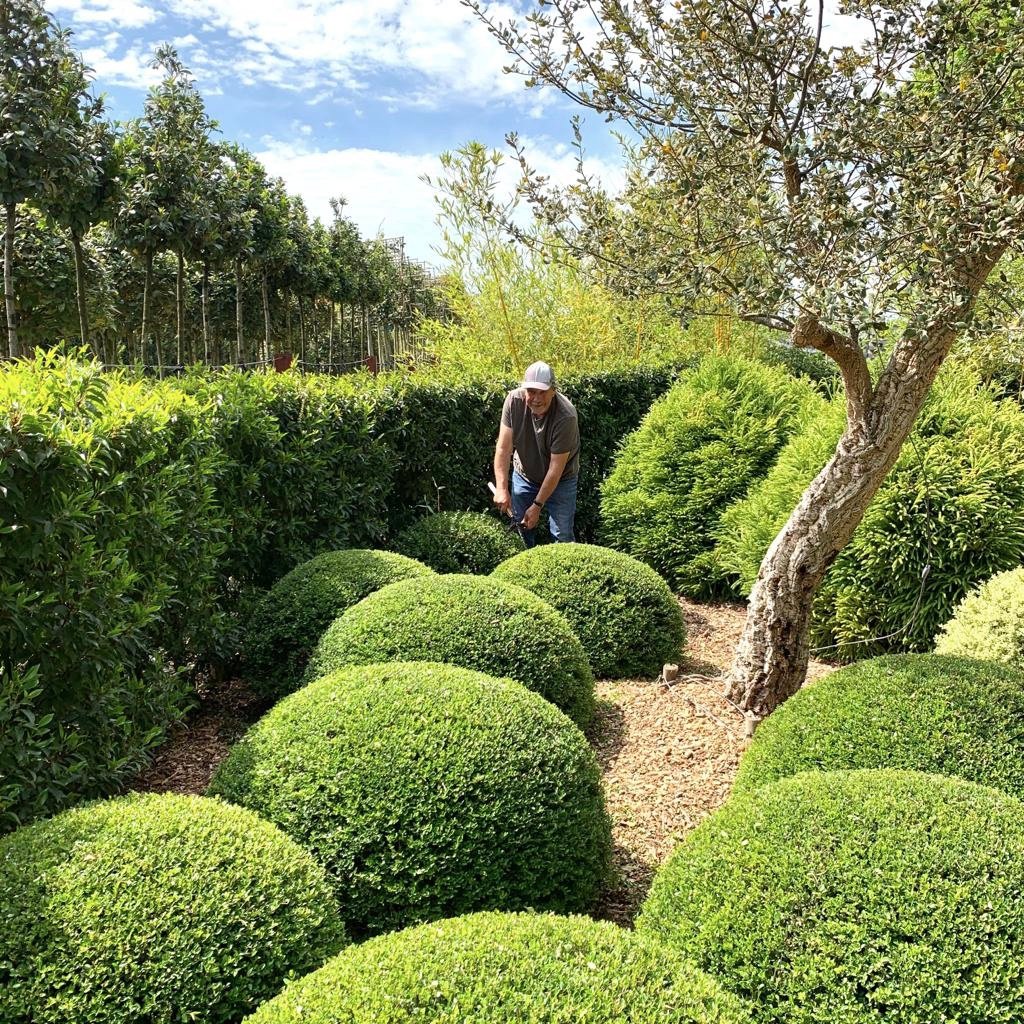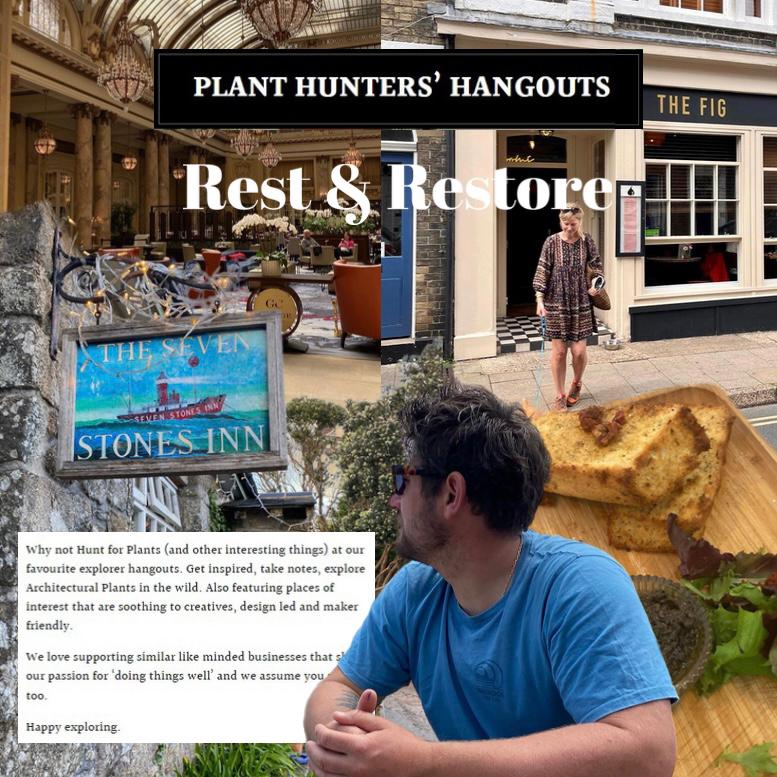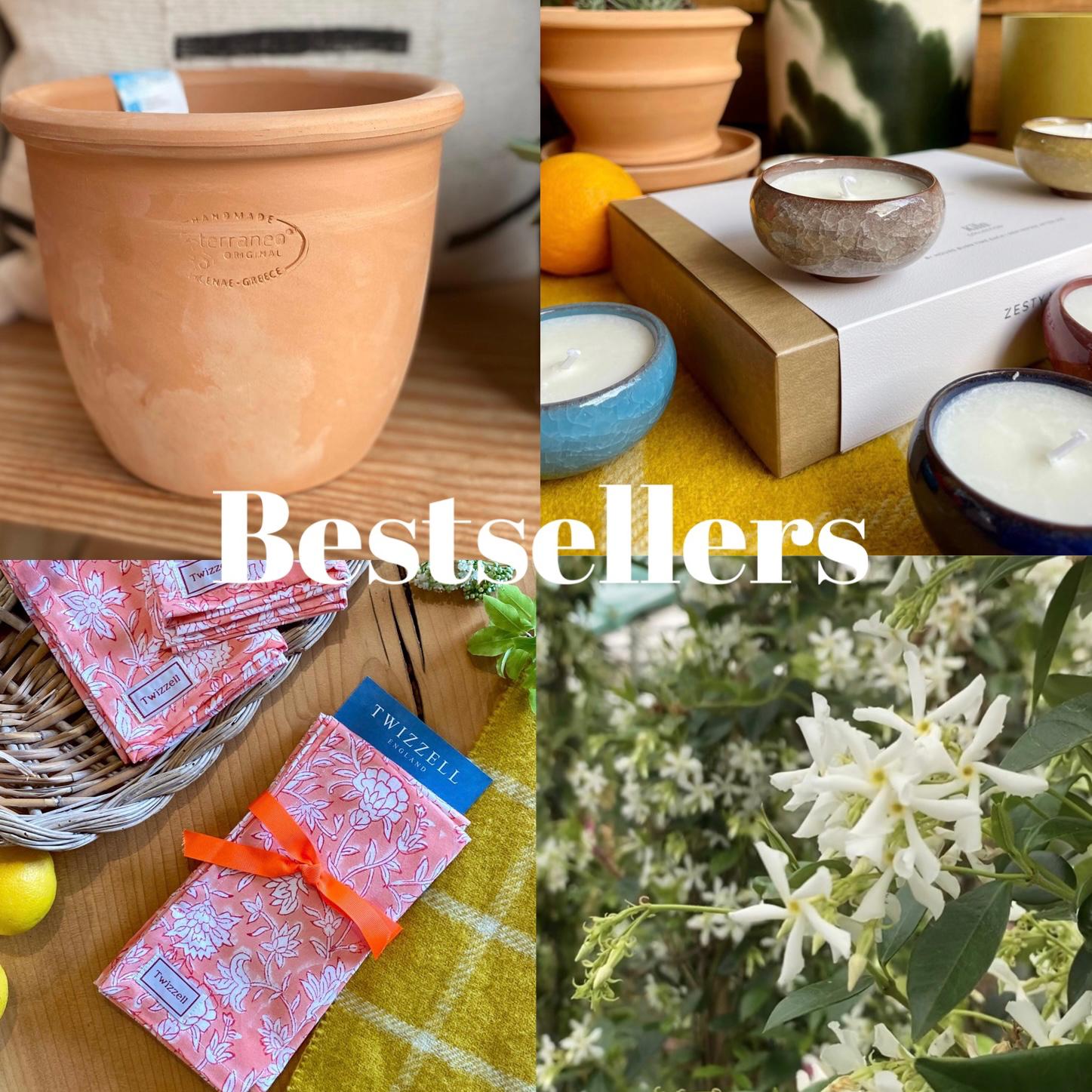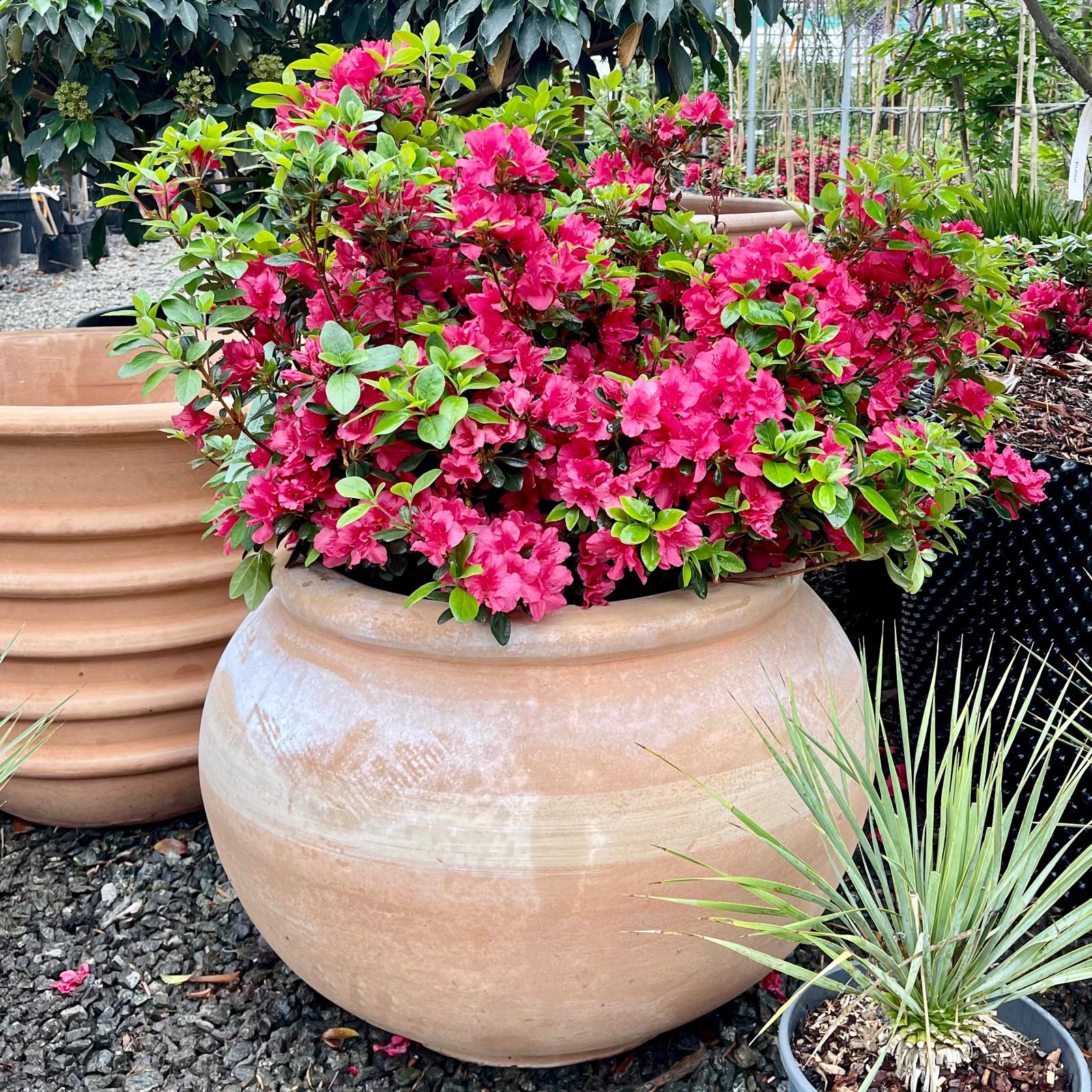The Hunt for Deciduous Plants
Guy takes a look into the world of deciduous plants, from his adventures with his daughter at local National Trust and British Heritage sites as well as public gardens and estates. Examining deciduous Acers and the swamp loving Taxodium as well as encountering a few others on the way. Contact Us about their availability or Book a Visit at our nursery and come and hunt for them.

I find myself hunting for trees all the time. When I’m out walking, driving or visiting public spaces and gardens. Bringing my daughter along with me is a bonus. It’s always a good challenge describing the complex names and structures, immediately making myself come up with easy ways to remember the plants, and simplifying the complex structures and foliage. I also find myself learning through this experience with her. My way of learning is about understanding what uses they have in design, through the look and the feel of the landscape around them and what they will bring to your garden. These amazing gardens and public spaces are incredible, but what frustrates me, is the lack of detailed labelling for these magnificent trees.
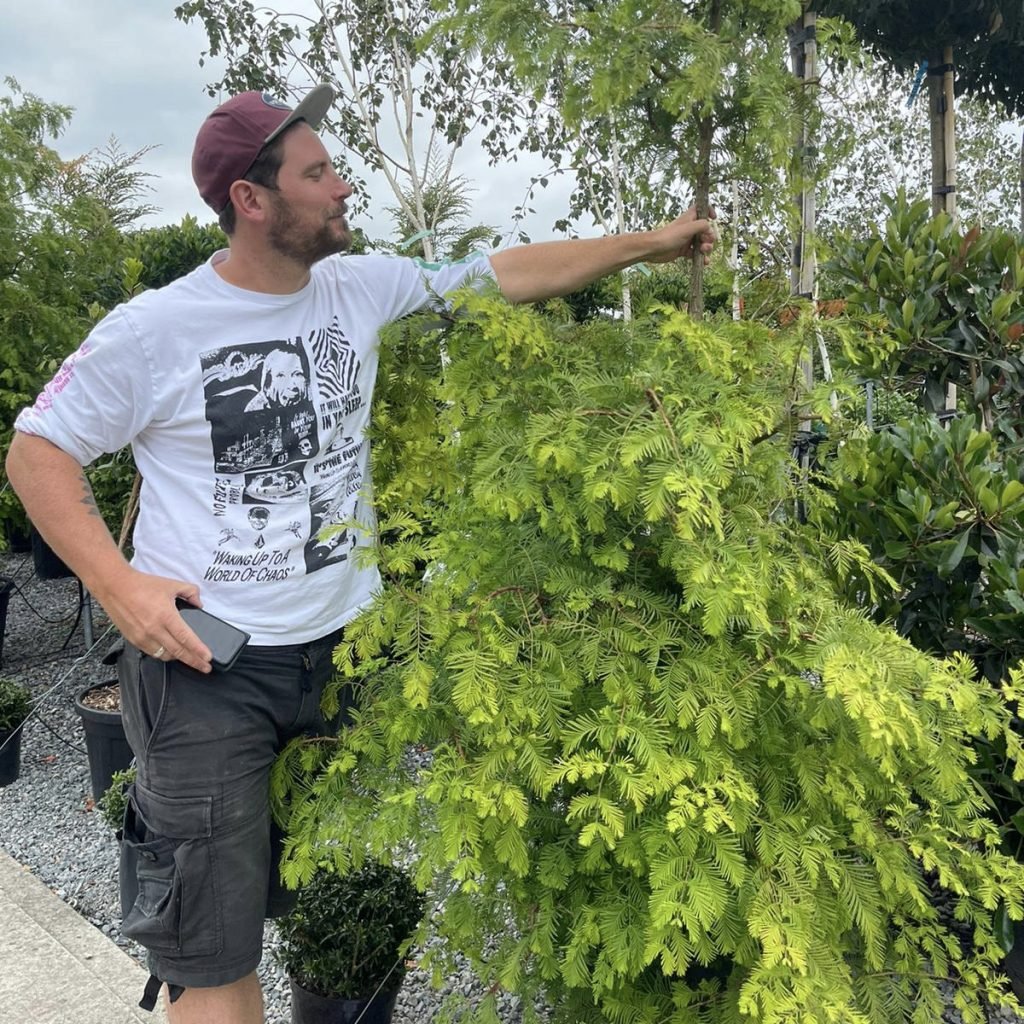
Over the last year, whilst out and about, I’ve been more focused on hunting for deciduous trees. Firstly and selfishly because it’s an area I’m not well educated on and secondly because I’ve felt the range of plants that we have at Architectural Plants could be expanded upon. I have also been taken aback by the myriad of variations and changes that you get with deciduous trees as well as their impressive use within our architectural palette.
Whilst walking at Nymans with my daughter, it’s always overwhelming to think of the effort that has gone into curating and designing these incredible spaces. When I walk around our nursery, I’m surrounded by an ever increasing range of plants. Very often it takes a horticultural epiphany to really appreciate the stand out characteristics of a particular species.
the walled garden at Nymans a Styrax japonicus definitely stood out to me and I felt as if it was the first time I had properly stopped and actually taken in the emenseness of this plant. I’ve walked past them millions of times before (don’t get me wrong I think they are beautiful plants), but this particular time it just came into focus for me, and I realised we had to start growing them at Architectural Plants.
At times, working with plants every day can be very overwhelming. So I tend to focus on specific types at once. For instance, last year I was obsessed with redwoods. What struck me about this particular species was its incredible Niwaki-like shape with its beautiful horizontal branching foliage.
It’s not what we’re used to seeing of this traditional shape but there is great potential to train it as Niwaki with well defined branches and cloud shaped foliage.
What’s really exciting about delving into the world of deciduous trees is that shape and form can be as impressive without foliage as with. It’s like having a sculptural framework and a fantastic contrast to a seasonally consistent Evergreen planting scheme.
A great plant for this is the Acer. They have the added benefit as they bring variety and characterful change throughout the seasons. Their blasts of bold different colours add something really special to your garden, especially in autumn as the temperature drops and the foliage changes colour. Flames of red and burnt orange, golden yellows and softer pastel colours complementing the plants already present in your garden that stay the same throughout the year.
for the damper parts of your garden where it’s wetter or even really boggy a tree like Taxodium distichum commonly know as a swamp cypress would be very happy. I’ve shown my daughter. She loves the towering trunk and the awesome yellows and browns of the leaflets. The branches are very parallel and fastidious. This is not to be confused with the Chinese redwood, Metasequoia glyptostroboides ‘Dawn Redwood’. Metasequoia’s can be identified by their leaflets that meet in the middle of the stem, where as a Taxodium’s leaflets grow at alternate intervals along the stem.
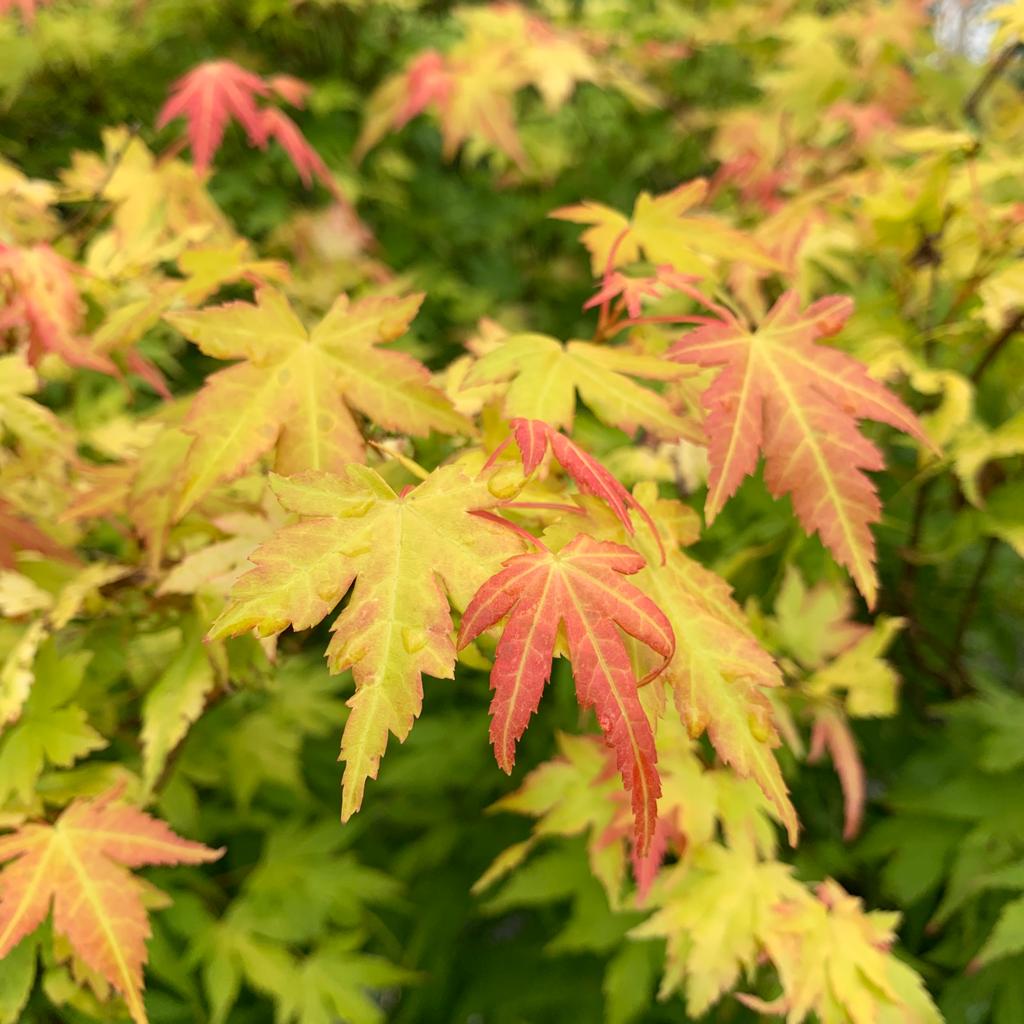
I have really enjoyed hunting for deciduous trees and learning about them, but there’s so much more. This is only the start and we will be continually adding to our nursery’s collection. We have the eye opening Styrax japonicus with its fascinating form and shape proving to be an amazing deciduous addition to any garden as well as a large collection of Acers with their stunning autumnal colour palette. We have lots of vertical height coming through from our deciduous Taxodium’s providing an array of height variations in your garden.
I am very pleased to say that this is only the beginning of our hunts. Last month I had the pleasure of being shown around RHS Wisley by Matthew pottage. They are obsessed by Taxodium’s like me and they also love Styrax japonicas. I can’t share too much with you, but there is an exciting project ahead of us and I will tell you more about in the future.


